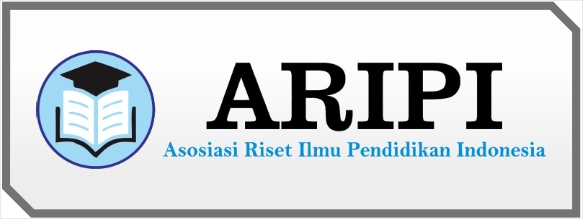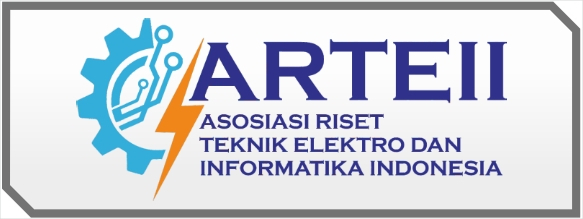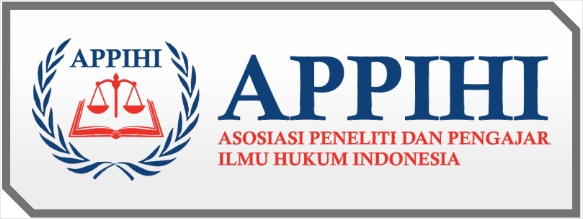Pengaruh Diferensiasi Dalam Pembelajaran Puisi Dengan Teknik Akrostik Terhadap Hasil Belajar Siswa SMP
DOI:
https://doi.org/10.55606/sinov.v5i1.592Keywords:
Differentiated Learning, Poetry, Acrostic TechniqueAbstract
Learning poetry in class VIII of junior high school is still considered difficult by some students, especially in determining the theme. Poetry learning also still uses conventional methods with lecture techniques, so students feel bored, bored and less interested. The use of differentiation strategies in poetry learning using acrostic techniques is expected to influence student learning outcomes. The strategy of process differentiation, content differentiation, and product differentiation makes learning poetry more fun and easier. This research is a qualitative descriptive study which aims to improve the learning outcomes of junior high school students in Semarang Regency. The research subjects were eighth grade students of junior high schools in two schools, namely SMP Negeri 4 Ungaran and SMP Negeri 3 Ambarawa totaling 68 students and two teachers of Indonesian language subjects. Data collection techniques use questionnaires and questionnaires. Distribute questionnaires and questionnaires to determine the initial conditions of teachers, initial conditions of learning, and initial conditions of student learning outcomes. The primary data source in this research is student learning outcomes in the form of daily performance and assessments. The results showed that student learning outcomes increased due to the influence of differentiation in learning poetry using the acrostic technique. There was an increase of 57.35% in learning performance results, from the initial condition of 41.17% to 98.52%. The effect of differentiation in learning poetry on student learning outcomes in daily assessments was 54.50% with an initial condition of 45.50% increasing to 100% of students who met the criteria for achieving learning objectives.
Downloads
References
Arikunto, Suharsimi. 2010. Prosedur Penelitian: Suatu Pendekatan Praktik. Jakarta: Rineka Cipta.Benton. 2011. Dehydration Influences Mood and Cognitif: Palusible Hypothes Nutrients. 2011; 3:555-73.
Atikah. 2016. Teknik Menulis Puisi Akrostik. Bandung: Media Tama.
Ernawati, O. D., & Utami, S. P. 2017. Keefektifan Pembelajaran Menulis Kreatif Puisi Menggunakan Teknik Akrostik dan Teknik Latihan Terbimbing dengan Media Video Keindahan Alam untuk Siswa Kelas VII SMP Negeri 22 Semarang. Jurnal Pendidikan Bahasa dan Sastra Indonesia, 6(2), 16-21.
Frye, E. M., W. Trathen, & B. Schlagal. 2010. “Extending Acrostic Poetry Into Content Learning: A Scaffolding Framework”. The Reading Teacher, 63 (7): 591–595.
Hadi, W., Wuriyani, E. P., Yuhdi, A., & Agustina, R. 2022. Desain Pembelajaran Diferensiasi Bermuatan Problem Based Learning (Pbl) Mendukung Critical Thinking Skill Siswa Pada Era Kenormalan Baru Pascapandemi COVID-19. Basastra, 11(1), 56-68..
Kemendikbudristek. 2022. Permendikbudristek Nomor 16 tahun 2022 tentang Standar Proses pada Pendidikan Anak Usia Dini, Pendidikan Dasar dan Pendidikan Menengah.
Melasarianti, L., Krisnawati, V., & Martha, N. U. 2019. Peningkatan Keterampilan Menulis Puisi Melalui Teknik Akrostik Berbasis Media Gambar Pahlawan Nusantara. JINoP (Jurnal Inovasi Pembelajaran), 5(1), 55-64.
Pradopo, Rahmad Djoko. 2002. Pengkajian Puisi. Yogyakarta: Gajahmada Univercity Press.
Soegiyono. 2014. Metode Penelitian Pendidikan. Bandung: Alfbeta.
Sudibyo. 2008. Pembelajaran Menulis Puisi dengan Teknik Akrostik. Retrieved from http://gerbangpendidikan.blogspot.com
Sugiyono. 2020. Petode Penelitian Kuantitatif Kualitatif dan R&D. Bandung: Alfabeta.
Downloads
Published
How to Cite
Issue
Section
License
Copyright (c) 2023 Media Informasi Penelitian Kabupaten Semarang

This work is licensed under a Creative Commons Attribution-NoDerivatives 4.0 International License.



















